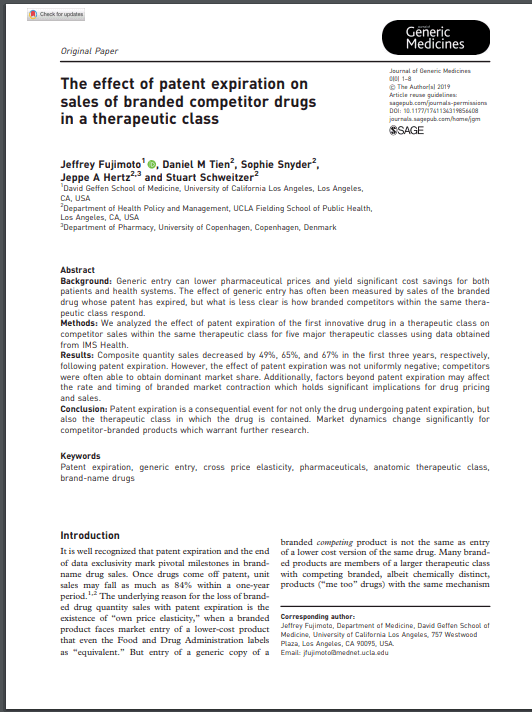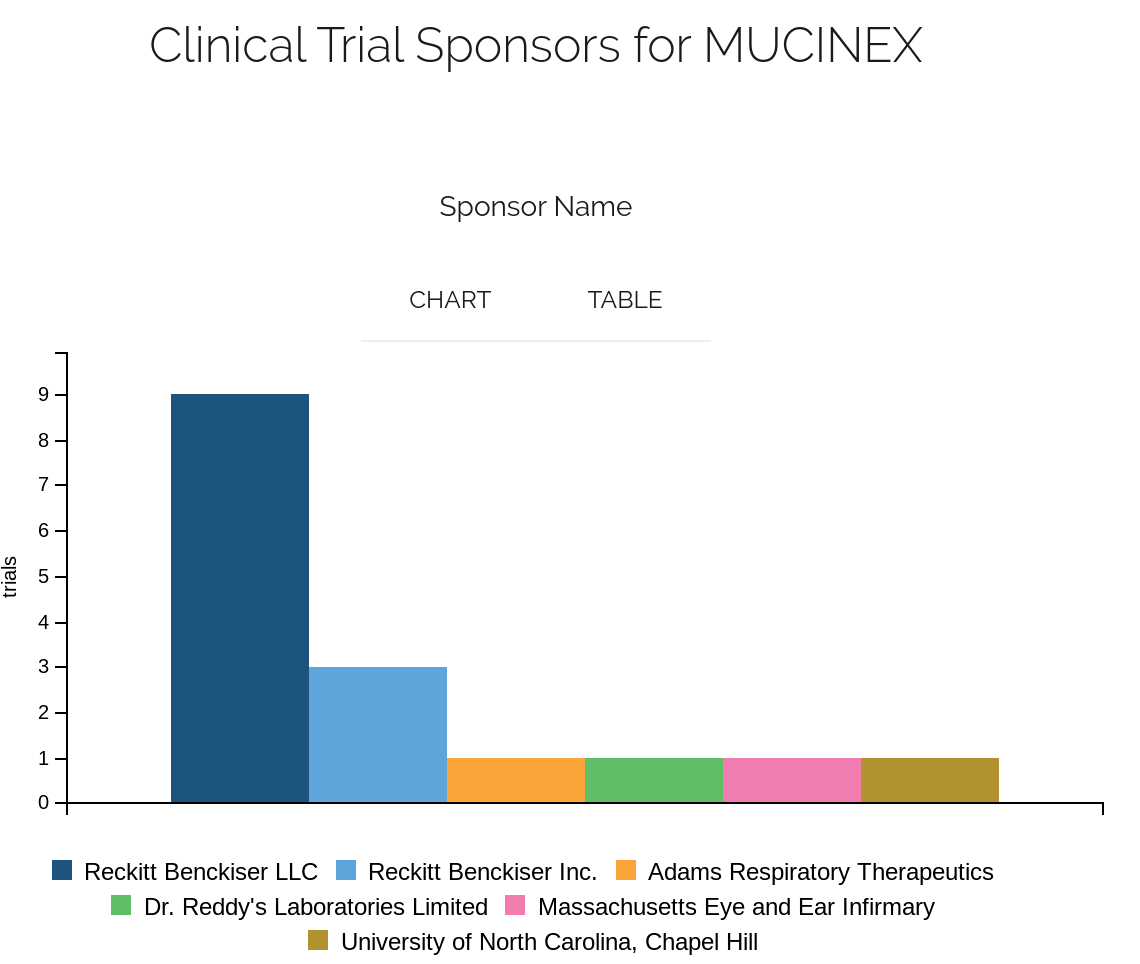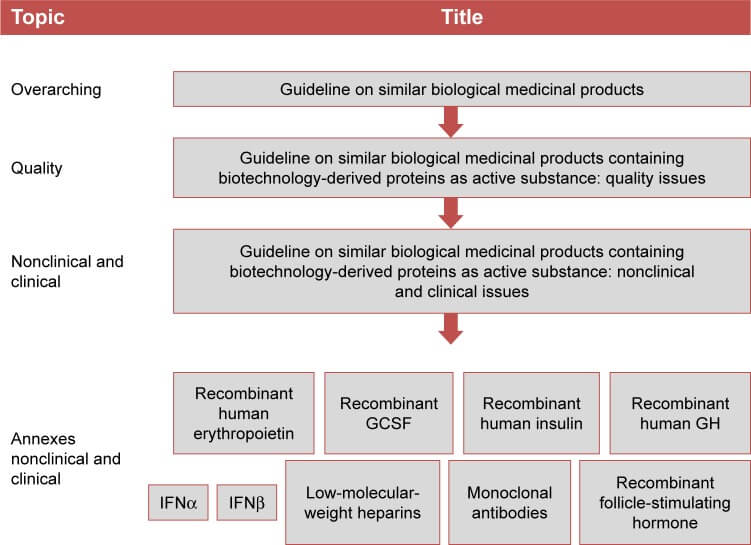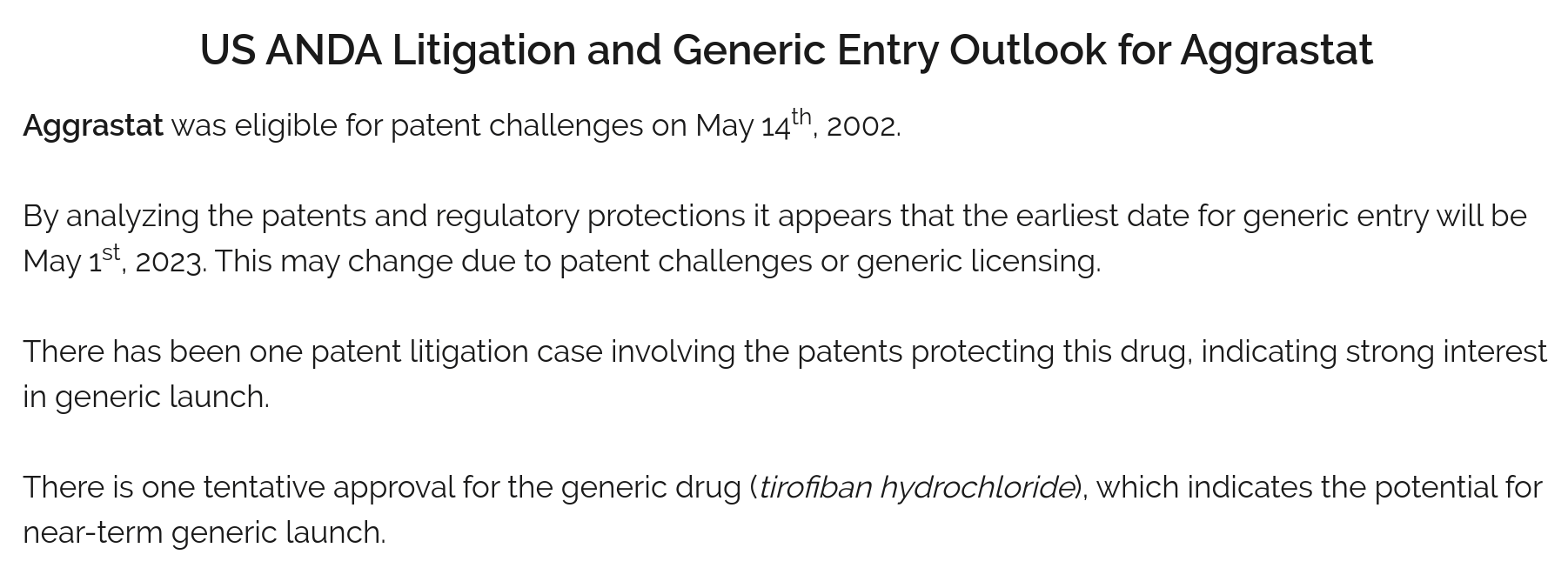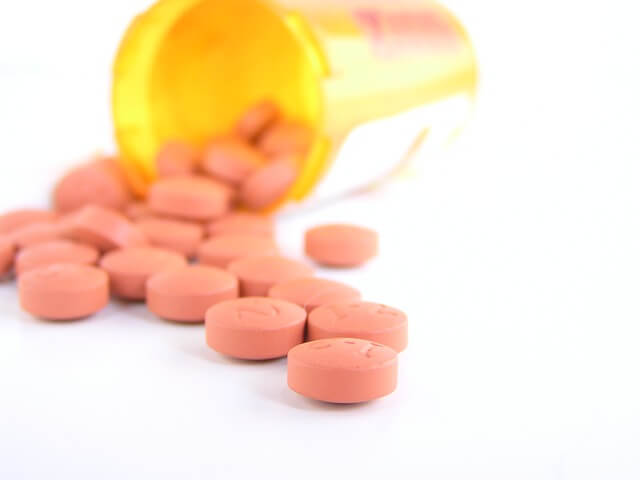The Rise of Biosimilars in Asia
Biosimilars have been making waves across the globe, but nowhere is their impact more pronounced than in Asia. With its burgeoning pharmaceutical industry and growing healthcare needs, the region has become a hotbed for biosimilar development and adoption. But what exactly are biosimilars, and why are they so important?
Understanding Biosimilars
Biosimilars are biological products that are highly similar to already-approved biological medicines, known as reference products. Unlike generic drugs, which are exact copies of small molecule medicines, biosimilars are not identical to their reference products due to the complex nature of biological molecules and manufacturing processes[1].
“Biosimilars are comparable but not identical to the reference product. They are not a generic version of an innovative product and do not ensure therapeutic equivalence.”[1]
This fundamental difference sets the stage for a unique regulatory and market environment, particularly in countries like Japan, South Korea, and Malaysia.
The Asian Biosimilars Boom
The biosimilars market in Asia is experiencing explosive growth. According to recent market research, the Asia-Pacific biosimilars market was valued at $1.65 billion in 2023 and is projected to grow at a staggering CAGR of 31.60% from 2024 to 2029, reaching $8.57 billion by 2029[5].
What’s driving this phenomenal growth? Several factors are at play:
- Patent expirations of blockbuster biologics
- Rising healthcare costs and the need for more affordable treatments
- Government initiatives to promote biosimilar development
- Increasing prevalence of chronic diseases
As Dr. Sang-Jin Pak, a leading biotechnology expert in South Korea, puts it, “The biosimilars market in Asia is not just growing; it’s transforming. We’re seeing a shift from being mere consumers to becoming major players in global biosimilar development and manufacturing.”
Japan: A Pioneer in Biosimilar Regulation
Japan, known for its cutting-edge technology and stringent quality standards, has been at the forefront of biosimilar development and regulation in Asia.
Regulatory Framework
In July 2009, Japan’s Ministry of Health, Labour and Welfare (MHLW) published guidelines for biosimilars, setting a high bar for quality, safety, and efficacy[1]. These guidelines have been instrumental in shaping the biosimilars landscape in Japan.
Approved Biosimilars
Since the implementation of these guidelines, Japan has approved several biosimilars. As of 2015, seven biosimilar products had been authorized for sale in Japan, including treatments for conditions such as rheumatoid arthritis, Crohn’s disease, and growth hormone deficiency[2].
Market Dynamics
The Japanese biosimilars market is characterized by:
- High quality standards
- Collaborative development between domestic and international companies
- A focus on monoclonal antibodies and other complex biologics
For instance, the joint venture between India’s Lupin Pharmaceuticals and Japan’s Yoshindo to create YL Biologics demonstrates the international collaboration driving biosimilar development in Japan[2].
South Korea: The Rising Star of Biosimilars
South Korea has emerged as a powerhouse in biosimilar development, with ambitious goals and significant government support.
Government Initiatives
The South Korean government has been exceptionally proactive in promoting biosimilar development. In 2012, it allocated 35% of its medical research budget to aid local pharmaceutical companies in biosimilar development[4].
“South Korea has been the most aggressive in developing the biosimilars industry in the region, allocating 35% of its medical research budget in 2012 to aid local pharma companies.”[4]
This level of support has catapulted South Korea to the forefront of global biosimilar development.
Regulatory Environment
The Ministry of Food and Drug Safety (MFDS) in South Korea published guidelines for biosimilars in March 2009, slightly ahead of Japan[1]. These guidelines have provided a clear pathway for biosimilar development and approval in the country.
Market Success
South Korea’s efforts have paid off handsomely. The country has set an ambitious goal of providing 22% of global biosimilars by 2020[4]. Companies like Celltrion have become global leaders in biosimilar development, with products approved in multiple markets worldwide.
Malaysia: Emerging Player in the Biosimilars Arena
While not as advanced as Japan or South Korea in biosimilar development, Malaysia is making significant strides in this field.
Regulatory Framework
Malaysia was an early adopter of biosimilar regulations in Southeast Asia. The National Pharmaceutical Control Bureau (NPCB) published guidelines for biosimilars in July 2008, even before Japan and South Korea[1].
Market Potential
Malaysia’s biosimilars market is still in its early stages but shows promising growth potential. The country’s strategic location, growing healthcare sector, and government support for biotechnology make it an attractive destination for biosimilar development and manufacturing.
Comparative Analysis: Japan, South Korea, and Malaysia
While all three countries have embraced biosimilars, their approaches and progress differ significantly.
Regulatory Stringency
- Japan: Highest regulatory standards
- South Korea: Stringent regulations with a focus on expediting approvals
- Malaysia: Developing regulations, balancing access and quality
Market Maturity
- Japan: Most mature market with a focus on high-quality products
- South Korea: Rapidly growing market with global ambitions
- Malaysia: Emerging market with significant potential
Government Support
- South Korea: Highest level of government support
- Japan: Significant support, especially for quality assurance
- Malaysia: Growing support as part of broader biotechnology initiatives
Challenges in Biosimilar Development and Adoption
Despite the progress made, biosimilar development and adoption in these countries face several challenges:
Regulatory Hurdles
Navigating the complex regulatory landscape can be daunting for biosimilar developers. Each country has its own set of requirements, which can be time-consuming and costly to meet.
Manufacturing Complexities
Producing biosimilars is far more complex than manufacturing small molecule generics. It requires sophisticated technology and expertise, which can be a barrier to entry for many companies.
Physician and Patient Education
There’s still a lack of awareness and understanding about biosimilars among healthcare providers and patients. This can lead to hesitancy in prescribing or using biosimilars.
Dr. Hiroko Tanaka, a biosimilars expert in Japan, notes, “Education is key. We need to help physicians and patients understand that biosimilars are safe, effective, and can significantly reduce healthcare costs.”
Market Access and Pricing
While biosimilars are generally cheaper than their reference products, pricing and reimbursement policies can still be a challenge. Striking the right balance between affordability and profitability is crucial for market success.
Future Outlook: Opportunities and Trends
The future of biosimilars in Japan, South Korea, and Malaysia looks bright, with several exciting trends emerging:
Expansion into New Therapeutic Areas
While many early biosimilars focused on areas like oncology and autoimmune diseases, we’re seeing expansion into new therapeutic areas such as diabetes and neurology.
Technological Advancements
Improvements in analytical techniques and manufacturing processes are making it easier to develop and produce high-quality biosimilars.
Increased Collaboration
We’re likely to see more collaborations between local and international companies, combining global expertise with local market knowledge.
Shift Towards Complex Biosimilars
As companies gain experience, we’re seeing a shift towards developing more complex biosimilars, including next-generation biologics.
The Global Impact of Asian Biosimilars
The rise of biosimilars in Japan, South Korea, and Malaysia isn’t just a regional phenomenon—it’s having a global impact.
Reshaping the Global Pharmaceutical Landscape
Asian companies are increasingly competing on the global stage, challenging established players in Europe and North America.
Driving Down Healthcare Costs
The availability of high-quality, affordable biosimilars from Asian manufacturers is helping to drive down healthcare costs worldwide.
Accelerating Innovation
Competition from biosimilars is spurring innovation in the biopharmaceutical industry, pushing companies to develop new and improved biologics.
Key Strategies for Success in the Asian Biosimilars Market
For companies looking to succeed in the biosimilars market in Japan, South Korea, and Malaysia, several key strategies emerge:
Invest in Quality
Given the high regulatory standards in these countries, investing in quality is non-negotiable. This includes both product quality and manufacturing processes.
Foster Collaborations
Partnerships between local and international companies can combine strengths and overcome challenges in development and market access.
Focus on Education
Investing in physician and patient education can help overcome hesitancy and drive adoption of biosimilars.
Diversify Portfolio
Don’t put all your eggs in one basket. A diverse portfolio of biosimilars can help mitigate risks and capitalize on different market opportunities.
The Role of Biosimilars in Healthcare Accessibility
One of the most significant impacts of biosimilars in Japan, South Korea, and Malaysia is on healthcare accessibility.
Reducing Healthcare Costs
By offering more affordable alternatives to expensive biologics, biosimilars are helping to reduce overall healthcare costs.
Expanding Treatment Options
The availability of biosimilars is allowing more patients to access advanced biological treatments that may have been out of reach due to cost.
Freeing Up Healthcare Resources
The cost savings from biosimilars can be reinvested in other areas of healthcare, improving overall patient care.
Regulatory Harmonization: A Path Forward
As the biosimilars market continues to evolve, there’s growing recognition of the need for greater regulatory harmonization across countries.
Current Disparities
While Japan, South Korea, and Malaysia have all implemented biosimilar regulations, there are still significant differences in their approaches.
Benefits of Harmonization
Greater regulatory harmonization could:
- Reduce development costs
- Speed up approval processes
- Facilitate global market access
Challenges to Harmonization
Achieving harmonization is not without challenges, including:
- Differing healthcare systems and priorities
- Varying levels of regulatory capacity
- Concerns about maintaining national sovereignty in healthcare decisions
The Environmental Impact of Biosimilar Production
As the biosimilars industry grows in Asia, it’s important to consider its environmental impact.
Sustainable Manufacturing Practices
Many biosimilar manufacturers in Japan, South Korea, and Malaysia are adopting sustainable practices to reduce their environmental footprint.
Waste Management
Proper disposal of biological waste is a critical concern in biosimilar production. Countries are implementing strict regulations to ensure environmental safety.
Green Chemistry Initiatives
There’s a growing trend towards “green chemistry” in biosimilar development, focusing on reducing the use of harmful solvents and reagents.
The Role of Artificial Intelligence in Biosimilar Development
Artificial Intelligence (AI) is playing an increasingly important role in biosimilar development in Asia.
Accelerating Research and Development
AI algorithms can analyze vast amounts of data to identify potential biosimilar candidates and optimize development processes.
Improving Manufacturing Efficiency
AI-powered systems can monitor and optimize biosimilar manufacturing processes, improving yield and reducing costs.
Enhancing Quality Control
Machine learning algorithms can detect subtle variations in biosimilar products, ensuring consistent quality.
Biosimilars and Personalized Medicine
The rise of biosimilars is intersecting with the trend towards personalized medicine in interesting ways.
Tailoring Treatments
While biosimilars are designed to be highly similar to reference products, there’s growing interest in developing “biobetters” that improve upon the original biologics.
Precision Dosing
Advanced analytics are being used to optimize biosimilar dosing for individual patients, maximizing efficacy while minimizing side effects.
Combination Therapies
Biosimilars are increasingly being used in combination with other treatments as part of personalized treatment regimens.
The Economic Impact of Biosimilars in Asia
The growth of the biosimilars industry is having a significant economic impact in Japan, South Korea, and Malaysia.
Job Creation
The biosimilars industry is creating high-skilled jobs in research, development, and manufacturing.
Export Opportunities
As Asian biosimilar manufacturers gain global recognition, they’re increasingly exporting their products to other markets.
Investment Attraction
The promise of the biosimilars market is attracting both domestic and foreign investment in these countries’ biotechnology sectors.
Key Takeaways
- The biosimilars market in Japan, South Korea, and Malaysia is experiencing rapid growth, driven by factors such as patent expirations, rising healthcare costs, and government support.
- Each country has implemented its own regulatory framework for biosimilars, with Japan and South Korea leading in terms of stringency and market maturity.
- Challenges in biosimilar development and adoption include regulatory hurdles, manufacturing complexities, and the need for physician and patient education.
- Future trends include expansion into new therapeutic areas, technological advancements, increased collaboration, and a shift towards more complex biosimilars.
- The rise of biosimilars in these Asian countries is having a global impact, reshaping the pharmaceutical landscape and driving down healthcare costs worldwide.
- Key strategies for success in the Asian biosimilars market include investing in quality, fostering collaborations, focusing on education, and diversifying portfolios.
- Biosimilars are playing a crucial role in improving healthcare accessibility by reducing costs and expanding treatment options.
- There’s a growing recognition of the need for regulatory harmonization across countries to facilitate global market access for biosimilars.
- The biosimilars industry is increasingly focusing on sustainable manufacturing practices and leveraging artificial intelligence in development and production processes.
- The growth of the biosimilars industry is having significant economic impacts in these countries, creating jobs, attracting investment, and opening up export opportunities.
FAQs
- Q: How do biosimilars differ from generic drugs?
A: Unlike generic drugs, which are exact copies of small molecule medicines, biosimilars are highly similar but not identical to their reference biological products due to the complex nature of biological molecules and manufacturing processes. - Q: Why is South Korea considered a leader in biosimilar development?
A: South Korea has invested heavily in biosimilar development, allocating significant government funding and setting ambitious goals. The country aims to provide 22% of global biosimilars by 2020. - Q: What are the main challenges in biosimilar adoption in Japan, South Korea, and Malaysia?
A: Key challenges include navigating complex regulatory landscapes, overcoming manufacturing complexities, educating healthcare providers and patients about biosimilars, and addressing market access and pricing issues. - Q: How are biosimilars impacting healthcare costs in these countries?
A: Biosimilars are helping to reduce overall healthcare costs by offering more affordable alternatives to expensive biologics, allowing more patients to access advanced treatments and freeing up healthcare resources for other areas.
5.
Citations:
[1] https://pubmed.ncbi.nlm.nih.gov/27213153/
[2] https://pmc.ncbi.nlm.nih.gov/articles/PMC4860213/
[3] https://link.springer.com/article/10.1007/s40259-022-00568-0
[4] https://www.lek.com/sites/default/files/insights/pdf-attachments/1926_Asia_Biosimilar_adoption_manufacturing_Executive_Insights_a.pdf
[5] https://www.marketdataforecast.com/market-reports/apac-biosimilars-market
[6] http://healthtrustpg.com/biosimilars/pdf/ppd.pdf
[7] https://www.dovepress.com/global-regulatory-landscape-of-biosimilars-emerging-and-established-ma-peer-reviewed-fulltext-article-BS










